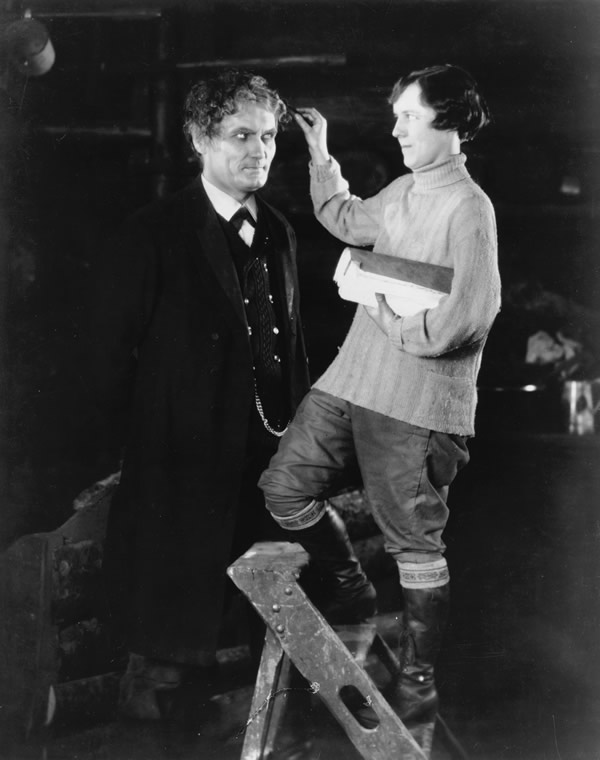Hitchcock's Lost Film
According to the British Film Institute (BFI), the world’s most wanted film is Alfred Hitchcock’s “The Mountain Eagle,” released in 1927. Today, no known copies of the film exist; it is thus considered a lost film and tops the BFI’s most wanted list. The feature was Alfred Hitchcock’s second work, following “The Pleasure Garden,” and the reason we mention it here is its connection with Austria.
Mr. Hitchcock was in Munich when he saw a postcard of an idyllic mountain village in a store window that seemed like the perfect setting for his movie. The postcard depicted the village of Obergurgl in the Tyrolean Oetz Valley, and Hitchcock chose it on the spot as the set for his new feature film, “The Mountain Eagle.” He and his German assistant took a train from Munich to Innsbruck, the Tyrolean capital, and from there on an open car all the way up into the Oetz Valley; it reportedly took them seven hours to complete the trip from Innsbruck up to the Alpine valley, followed by a two-hour walk to reach their final destination, Obergurgl.
During the exhausting trip, both Hitchcock and his assistant agreed that under such circumstances transporting of an entire film crew and their material was not feasible. But after arriving at Obergurgl, they changed their minds: presented with the picturesque view of a small, idyllic mountain village, surrounded by green woods against the backdrop of mountain ranges far away from modern civilization, they decided that the location was worth the effort. The Austrian scenery was to depict Kentucky, where the film wasset.
Filming began in October of 1926, and after the exhausting trip up to the village, Mr. Hitchcock and his cameraman immediately began selecting camera positions for the first exterior scenes. Things would not be that easy, however, as the weather in the Alps is not always cooperative: the next morning, they found the green woods and meadows covered under a fresh layer of snow. The crew decided to move down the valley to continue shooting in the village of Umhausen - but one day later, Umhausen was covered in snow, too. Winter had come to the Alps. After waiting for four days, the crew realized that the snow could possibly prevail until the spring.
They needed a solution, and found one. The crew enlisted the help of the firemen of Umhausen and started to wash away the snow inside the village using their fire hose – thus getting
rid of the snow on the ground, the roofs, and some trees. Rumor has it that one roof did not quite withstand the fire hose, which resulted in significant water damage in the house. The mayor of Umhausen suggested Hitchcock to give a Schilling to the woman living there to pay for the damage, and
Hitchcock gave her two. The willpower and perseverance of Hitchcock and his crew paid off, and the film was finally released in theaters in 1927, but soon thereafter disappeared. While copies exist of other early Hitchcock films, “The Mountain Eagle” remains missing.
On the set: continuity woman Alma Reville adjusting Bernhard Goetzke's hair. Courtesy of BFI National ArchiveThe only evidence available today consists of Mr. Hitchcock’s diary, a few film critiques from when it was shown in theaters, and some photos, depicting the shoot in the Tyrolean Alps. Alfred Hitchcock himself apparently was not too fond of his second work and has been recorded calling it “awful,” and not being “sorry there are no known prints." The British Film Institute has now started a “film historic search party” in an effort to locate a copy of the film after all these years. Austrian Information wishes them the best of luck.

